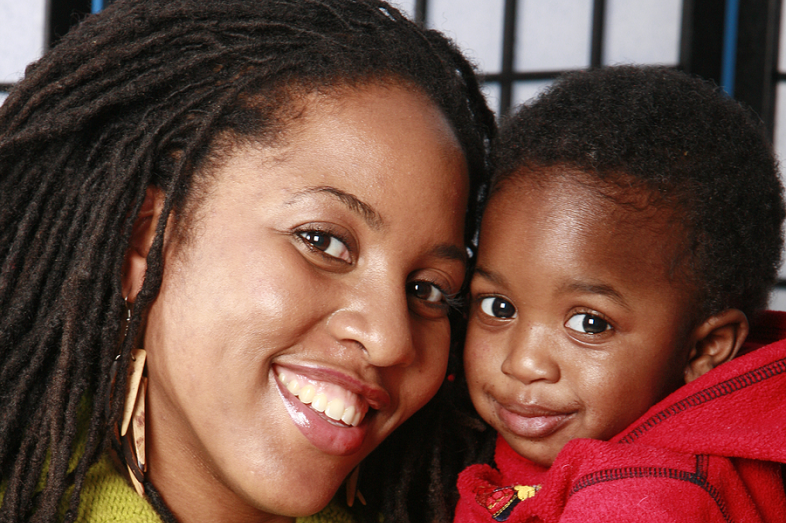
Babies & Toddlers
If learning begins at birth, then so does the education beat. Research shows the first three years are the most important period of development in what experts call “brain architecture.” This architecture “provides the foundation for all future learning, behavior, and health,” according to the Center on the Developing Child at Harvard University.
Photo credit: karens4/Bigstock


